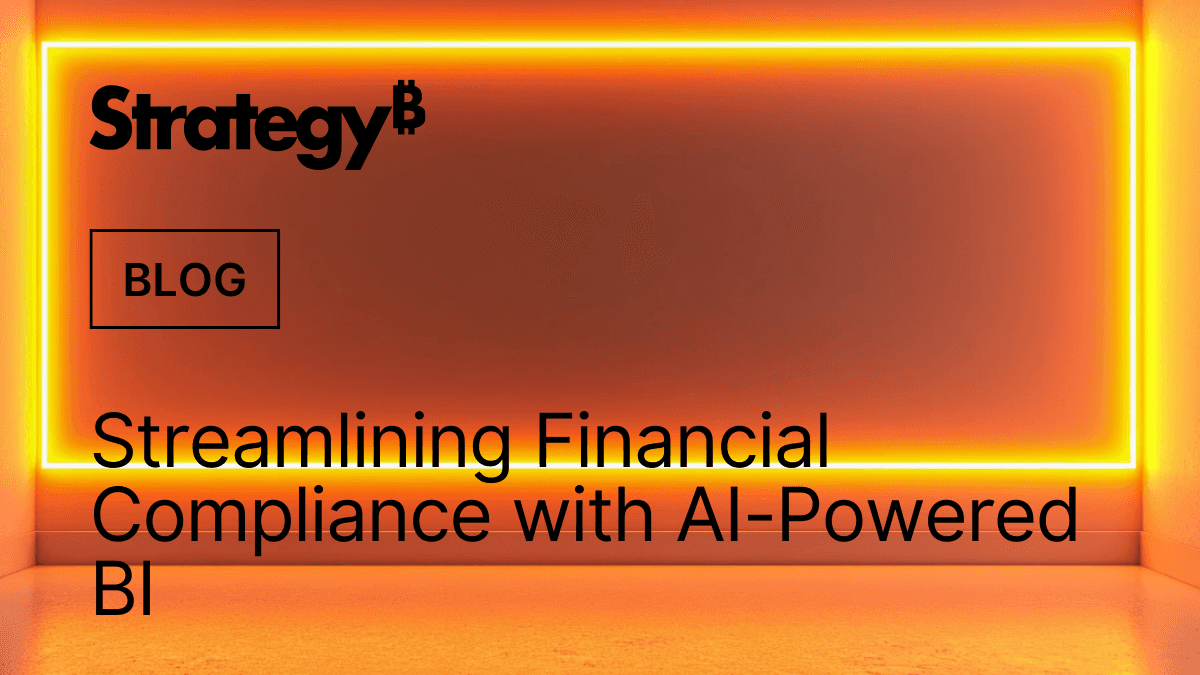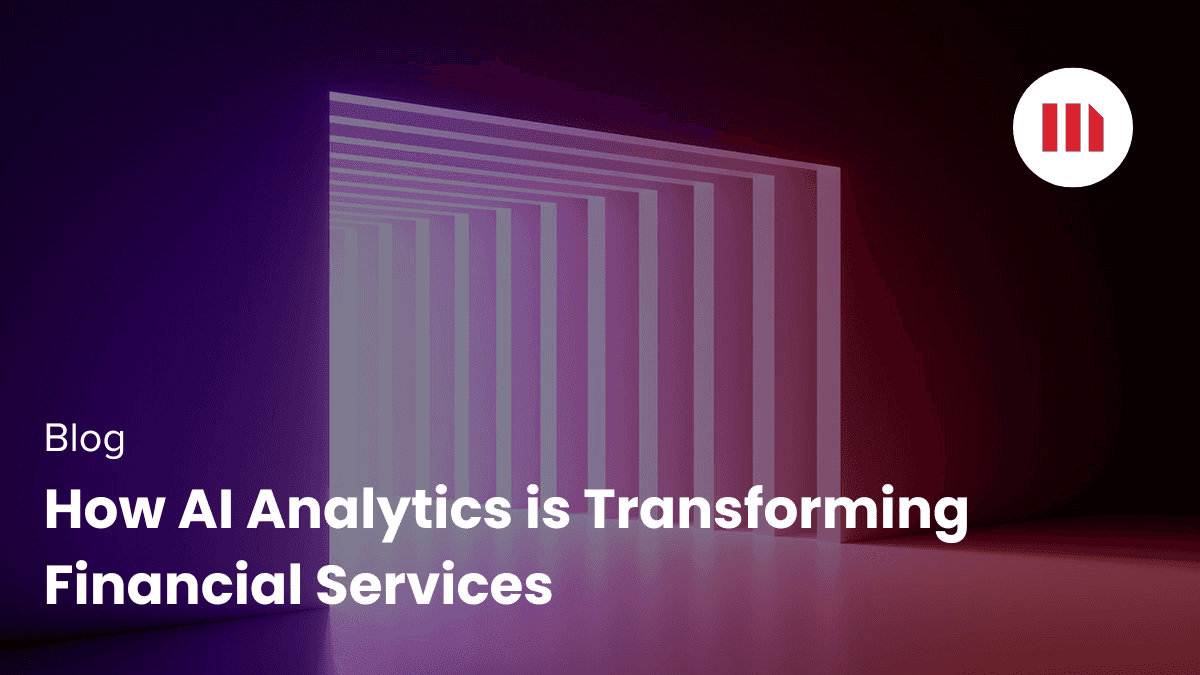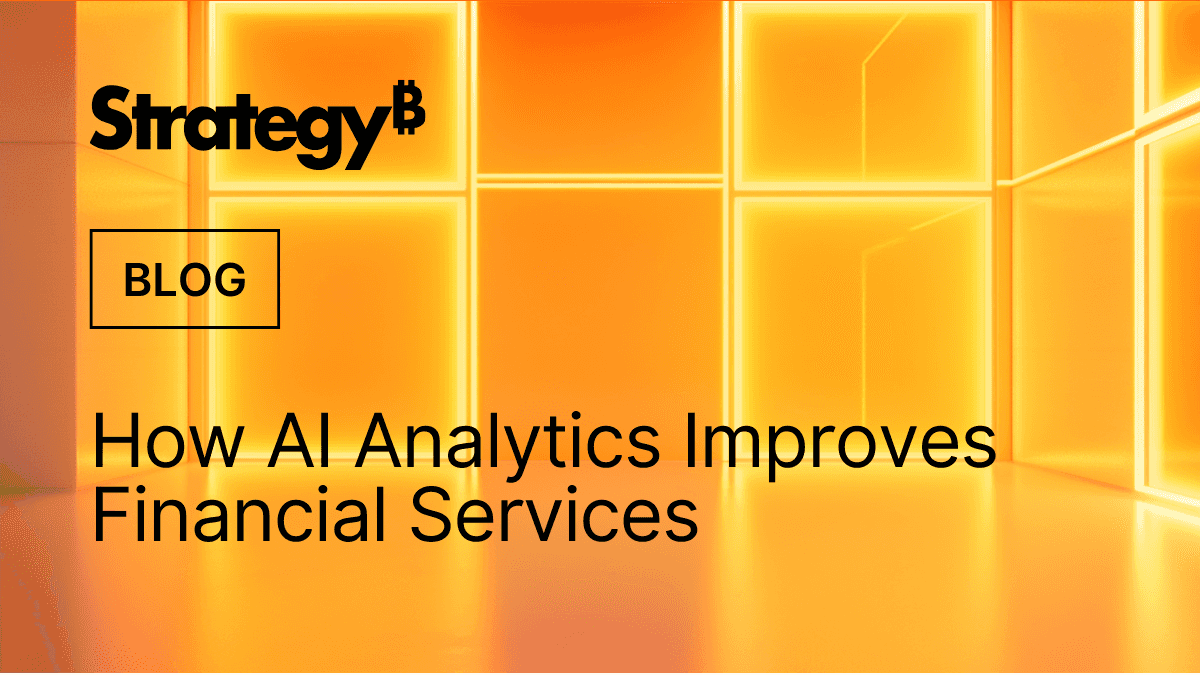From Real Estate to Banking: How AI-Powered Data Analytics Maximizes Profitability in Financial Services
Discover how leaders in real estate and banking are using AI-powered data analytics to transform operations and maximize profitability. Learn how data-driven insights are used by teams to make faster, more accurate decisions in the financial sector.
Data is Driving Profitability in 2025
Data analytics is no longer a process—it’s a catalyst for growth and success.
According to Deloitte’s “2025 Financial Services Predictions” report, banks that embrace data analytics are seeing benefits in efficiency and customer experience.
McKinsey reports that AI and analytics can generate $110–180 billion per year in value across real estate.
The value of AI-powered data analytics goes beyond just operations. From enhanced risk assessments to optimization strategies, it transforms project timelines by enabling faster, clearer, and smarter decisions.
It even enables institutions to monetize data itself, turning what was once a liability into a strategic asset.
So, how does this play out on the ground, across high-stakes sectors like banking and real estate?
See how industry leaders are transforming analytics.
Get the Financial Services Solutions Guide.
Why Data Analytics is Now Business-Critical
Over 70% of real estate firms are already implementing AI-powered data analytics in their day-to-day operations, according to PwC. Why? Because it drives decision-making based on intelligence, not intuition.
Improved Risk Assessment: AI-powered BI tools help financial institutions analyze customer profiles, transaction patterns, and external data to identify potential risks, supporting proactive fraud detection, credit scoring, and compliance management.
Better Customer Support: By analyzing customer behavior and preferences, AI enables financial institutions to offer personalized experiences, such as tailored property recommendations, pre-approved loan offers, and timely service assistance.
Fraud Detection and Prevention: AI detects suspicious behavior in property transactions and account activity in real time, triggering alerts, reducing fraud losses, and boosting confidence.
Lower Operational Costs: Both sectors utilize AI to automate reporting, monitor portfolios, and track employee performance, ensuring team alignment and cost control.
Data Analytics in Banking
From governed reporting to precise risk assessments, discover how data analytics transforms daily work in banking.
1. Chief Risk Officer (CRO)
Monitors enterprise-wide exposure using federated data models that bring together credit, liquidity, and market data. Strategy One’s Semantic Graph ensures consistent definitions across global risk reports.
2. Financial Analyst
Runs profitability reports, stress tests, and scenario models across portfolios. Uses self-service analytics with governed, unified data from multiple systems.
3. Compliance Officer
Builds audit-ready reports that meet stringent compliance standards, thanks to a governed semantic layer. Tracks Know-Your-Customer/AML metrics with pre-set role-based access, ensuring GDPR and SOC 2 compliance.
4. Fraud Detection Lead
Uses AI-powered agents to flag irregularities and drill into root causes using real-time data. Context-aware detection reduces false positives and speeds up investigations.
5. Branch Operations Manager
Accesses mobile-optimized analytics to monitor in-branch performance, resource usage, and customer traffic. Benchmarks KPIs using reusable semantic objects.
Data Analytics in Real Estate
From forecasting to portfolio performance, here’s how AI-powered analytics supports key real estate roles.
1. Portfolio Manager
Monitors asset-level performance, including lease renewals, vacancies, and rent levels, and CapEx trends using cross-source analytics.
2. Real Estate Analyst
Evaluates acquisition targets and market trends using governed data models. Merges geographic, financial, and occupancy data to guide investment decisions.
3. Leasing Director
Tracks occupancy levels and tenant churn using embedded CRM analytics. Customizes KPIs using low-code workflows to respond quickly to market shifts.
4. Facilities Manager
Receives real-time data on energy usage and maintenance SLAs. Uses AI-assisted dashboards to identify issues early and optimize vendor efficiency.
5. Chief Financial Officer (CFO)
Relies on AI bots for performance summaries, cash flow modeling, and opportunity detection. The Semantic Graph ensures consistency across every financial report.
Why Strategy One is Built for Financial Services
Banks and real estate funds don’t just need faster decisions—they need intelligent systems that scale, stay compliant, and deliver trusted insights in real time.
Strategy One is trusted by leading banks and real estate investment firms because it unifies governance, AI, and usability in a single, flexible platform.
Here’s why Strategy One stands out:
✅ Governance-first design
The Semantic Graph keeps definitions, metrics, and logic aligned across teams. Built-in audit trails and role-based access controls help maintain compliance with SOC 2, GDPR, and Basel III.
✅ Federated Data Access
Analyze data from Snowflake, Oracle, Salesforce, and more—all without data duplication. Strategy One’s federated engine makes it seamless.
✅ AI + BI, Working Together
From fraud detection to predictive lease pricing, Strategy One combines AI-powered analytics and BI tools to drive faster, smarter, and more accurate decision-making.
✅ Built for Every User
Analysts build complex models. Business users ask natural language questions. Everyone works in a governed, low-code environment designed for speed and flexibility.
✅ Deploy anywhere, scale everywhere
Cloud-first, hybrid, or on-prem—Strategy One supports flexible deployment across your infrastructure, offering scalability and reducing cost and risk across your analytics stack.
Strategy One: True AI+BI Data Analytics That Deliver Real Results
Looking to reduce risk, improve margins, or future-proof your business analytics?
Strategy One provides banks and real estate teams with the tools they need to deliver governed, AI-powered insights faster and at an enterprise scale.
Discover how VISA, AIG, and more global leaders use Strategy One to maximize profitability and unlock faster, more accurate insights.







